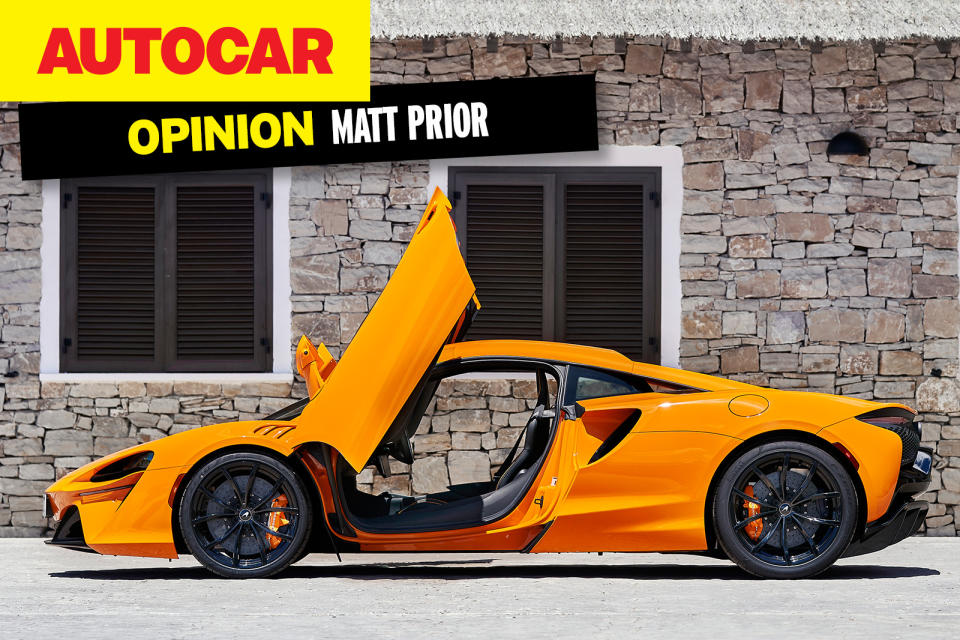Is McLaren's overlapping model range hindering its success?

I just briefly opened LinkedIn to check on responses to a job ad I'd shared, and I scrolled quickly through some posts written in curiously short sentences. Like this. But each a new paragraph too. I noticed a picture of a car.
It was only on the screen for the briefest flicker of a moment as I scrolled past, but I immediately knew who had made it: not by colour, nor by location, but because its doors were open. Ah, dihedral doors: a McLaren! A glimpse was enough for it to be immediately recognisable.
Now, McLaren has not been without ongoing problems. It lost £873 million last year, prompting Bahrain's sovereign wealth fund, already its biggest stakeholder, to take full ownership in April. The company's first quarter of this year was better, following the launches of the 750S and Artura, but still wasn't ultimately profitable.
And noting how hard it is for an independent car maker with a small range and small sales to make money, McLaren says it is "continuing to explore OEM and/or technical partnerships with industry partners".
While we love driving McLaren's cars, I think of its range as quite crowded. In last month's Q1 earnings release, McLaren said it operates in "distinct segments", including Grand Tourer (GTS), Supercar (Artura) and Supercar (750S).
But I'm not sure how distinct those segments truly are. These are all two-seaters, mid-engined, similarly tubbed and similarly proportioned.
And if you browse the McLaren Cars website for the GTS, it mentions the car being a 'supercar' or having the DNA of one six times but doesn't use the term 'grand tourer' or 'GT' once. If a customer-facing blurb doesn't make its purpose distinct, what chance for the potential buyer?
Perhaps as a result of this crowding, I couldn't have told you which McLaren I scrolled past today, but I thought it at least encouraging that I knew in an instant who had made it. McLaren first used dihedral-opening doors on the F1, and they were later adopted by the 'new range of cars that began with 2011's MP4-12C.
They have been used on every model since, bar the doorless Solus GT (from McLaren's Ultimate range, the one truly differentiated area of the model line). On seeing them today, I felt a bit differently about them. Those doors felt like heritage.
Only 13 years of it in 'new McLaren Automotive terms, but still. They didn't seem novel; they felt established. Despite the ongoing troubles, I felt encouraged by that, too.
]]>

 Yahoo Autos
Yahoo Autos 